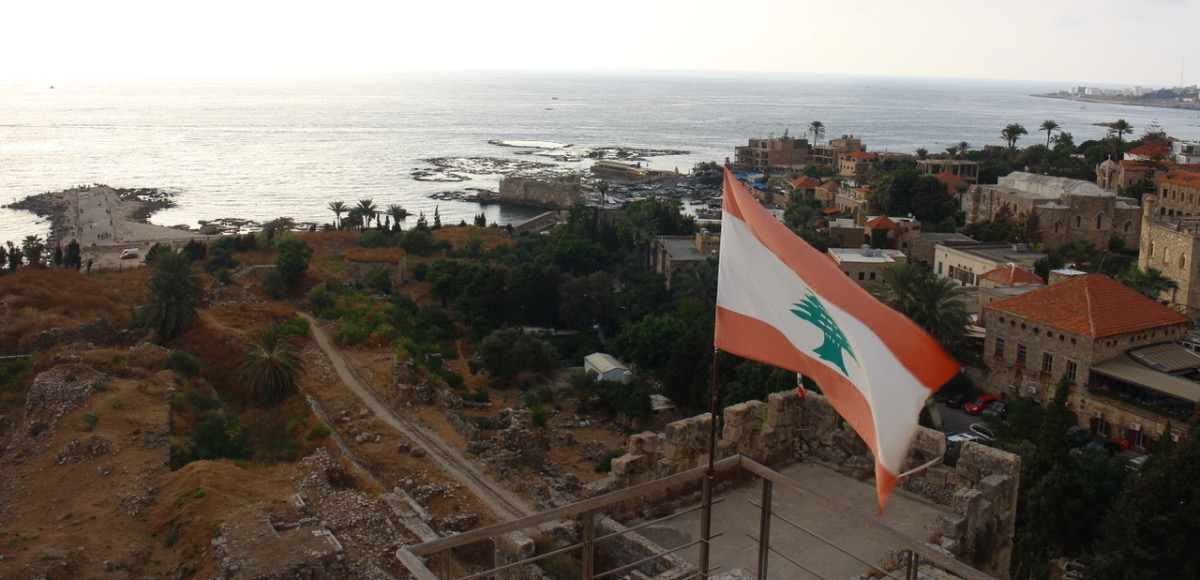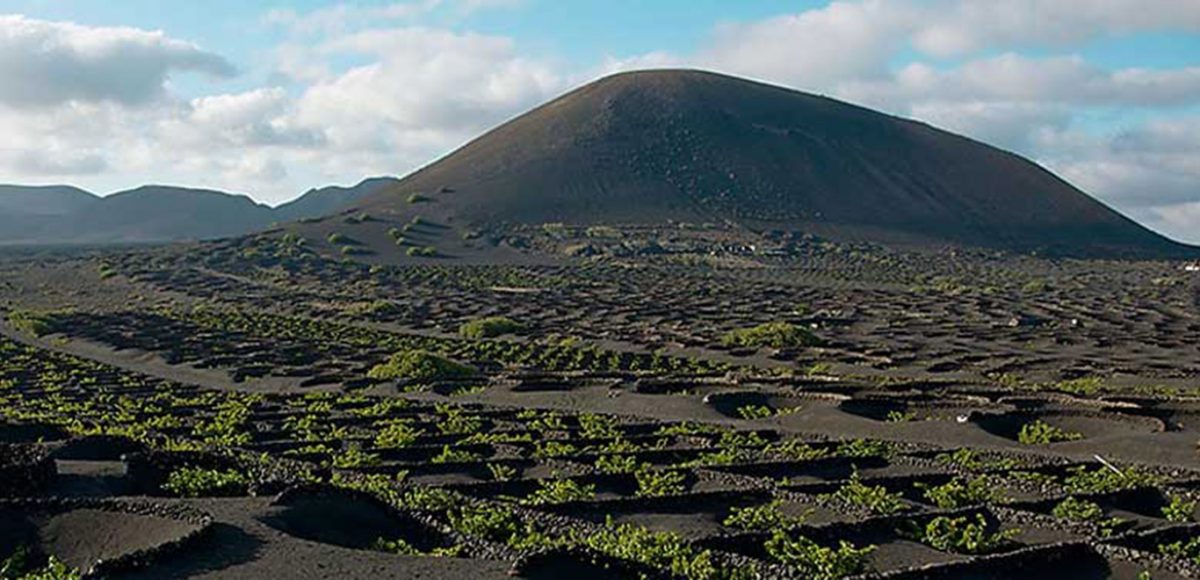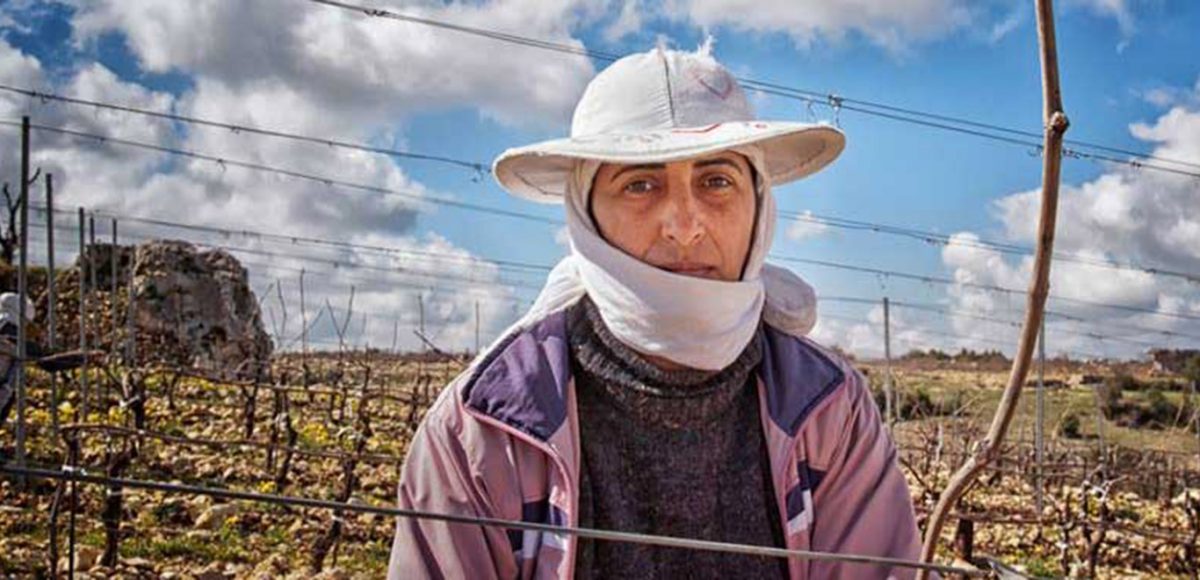Last week I was in Lebanon visiting the wineries and tasting wines. This tiny country has been producing wines for 5000 years, since the time of the Phoenicians, followed by the Greeks and Romans, who built the awesome Temple of Bacchus, the god of wine, in Baalbek. Wine making stopped for more than 300 hundred years during the Ottoman rule but was started again at the beginning of the 20th century by the French.
Modern Lebanon is a country of extreme contrasts from the multi million dollar skyscrapers in Beirut to the squatter camps housing Syrian immigrants. While today the country is stable, governing Lebanon is a struggle with its complex make up of religions, there are 18 recognised sects, too many to get my head around, together with belligerent neighbours in Israel and Syrah.

Coastline and Mountains make up most of the country’s land mass. The climate is as varied as its rugged terrain. Warm and humid near the coast, to a more continental climate in the mountains where summer daytime temperatures can vary from 30ºC to 10ºC at night. The winter snows fall in the mountains in December and last until springtime.
Since the end of the brutal civil war, 1975 to 1990, Lebanon has been rebuilt and there has been a boom in growth and investment in the wine industry. Today there are between 45 and 50 wineries, although five of them make up 60% of the total production, and 10,000 hectares of vineyards producing around 8-9 million bottles annually. Most of the vineyards are planted in the Bekaa Valley which is sandwiched between mountain ranges at an altitude of around 1000.

My first visit was to Ixsir in Batroun, about 45 minutes north of Beirut, whose vineyards are spread across the mountains of Lebanon from Batroun into the Bekaa Valley. In fact in Ainata they reach 1800m, some of the highest in the Northern Hemisphere. Ixsir is a relatively new project with state of the art installations, it was like walking into a top winery anywhere in Europe.
The winemaker and head of production is Gabriel Rivero, a madrileño and former international rugby player. It was thanks to Gabi and the high esteem that he is held by other wineries that I was able to visit the top producers in the country.
He said that working in Ribera del Duero you have to contend with the high risk and consequences of spring frosts.
As a winemaker in Bordeaux it was cool summers and rain and how to make the best wine possible in these conditions. Now in the Lebanon it is how to protect the grapes from the heat of the sun.

His knowledge, enthusiasm and phenomenal work rate were impressive. To make premium wines in Lebanon is a challenge. The costs of production are higher, a French oak barrel that costs €600 in Europe will cost a Lebanese winery €2000, the same is for corks, bottles and tanks etc., all of which have to be imported and pay high taxes.
Ixsir has 120ha of vineyards in different locations, producing around 500,000 bottles per year. In order to get the grapes to the winery in the best conditions, they are picked very early in the morning then loaded into refrigerated vans to keep them cool. This is the challenge if you want to source grapes from a variety of vineyards at different altitudes, soil structures and microclimates.
In recent years Gabi has been focussing on Meditteranean varietals, more suited to the conditions, notably Monastrell from Spain and Nero d’Avola from Sicily both of which are showing promise. He also has Tempranillo and has experimented with Bobal. Along with long established French varieties Cinsault, Grenache, Cabernet Sauvignon and Syrah. Among the whites Viognier and Moscatel are doing well. They all have all the classic grape varieties and are experimenting with many other grapes, always striving to find the grapes that adapt best to the conditions.
Ripening grapes in terms of sugar is not a problem but as Gabi explained, one of the main challenges winemakers face is how to make wines that are smooth and not over extracted with tough tannins. To do this he ferments his reds a very low temperatures, 14ºC for 10 to 15 days. This produces wine with a good balance of fruit, acidity and colour and that doesn’t have to be aged for years in order to soften the tough tannins.
 Following the visit of the winery and cellar, I stayed for lunch. I love the Lebanese cuisine and the food at Ixsir was stunning in presentation, variety of dishes and flavours. Accompanied by a selection of their wines, all of which were good, but the Ixsir Altitudes White and the Ixsir Altitudes Red, made the best combinations with the dishes.
Following the visit of the winery and cellar, I stayed for lunch. I love the Lebanese cuisine and the food at Ixsir was stunning in presentation, variety of dishes and flavours. Accompanied by a selection of their wines, all of which were good, but the Ixsir Altitudes White and the Ixsir Altitudes Red, made the best combinations with the dishes.
On the following day Gabi drove me through the mountains to show me their vineyards. From the top of the mountain the vast plains below that make up the Bekaa Valley are in sharp contrast to the arid, barren mountainside. Historically, Lebanon was one of the major producers of hashish and most of the plantations are in the Bekaa Valley. When the French governed Lebanon they tried to get growers to change from growing hashish to vineyards. The demand for grapes has never been so high, in fact today they say that is it more profitable for farmers to grow grapes than hashish.
Also highly visible are the makeshift camps for refugees. Lebanon has a population of 4 million people, there are also over 1 million Syrian and 500,000 Palestinian refugees.
Gabi dropped me off in the town of Zahlé, which is the capital of the Bekaa Valley. It is noticeable that the climate is dry and warm and much less humid that the towns nearer the cost. I later met with Jean Paul El Khoury, French mother and Lebanese father, of Chateau Khoury. Even though he was exhausted from the vintage and having just returned from Beirut, he was a wonderful host and I really appreciated his time to show me his wines. The family had been growing grapes to make Arak, an aniseed-flavoured spirit very popular everywhere. Their vineyards were destroyed during the war with Syria, which is just over the mountains on the horizon to the west. They replanted their vineyards in 1995 and today have 15ha. of unirrigated, organic vineyards, at an altitude of 1300m. Jean Paul is a good winemaker and likes to experiment, every year presents new challenges. This year late snows in April delayed bud burst, it also had rained more than normal. I tasted several wines from the tanks and look forward to seeing how the wines from this vintage turn out.
My next visit was the Clos St Thomas where I met with the genial Joe Assaad, 5th generation owner and winemaker of one of the oldest wineries in Lebanon, 1888. It was after the civil war that his father started to make wine in addition to the traditional family business of growing grapes to make Arak. Clos St Thomas produces around 500,000 bottles. Here I tasted a white wine made from the indigenous Lebanese grape Obeidy, which is used to make Arak. The wine was dry with aromas of lemon skins while on the palate it had a touch of almond. Served chilled it was pleasant and ideal to accompany Lebanese food. There is also an Orthodox Christian Chapel in the winery where, according to Joe, his father would baptise babies by washing them in wine rather than holy water.

Driving further up the valley my next visit was to Chateaux Kefraya, the second biggest producer in Lebanon. Here I met with French winemaker and Technical Director Fabrice Guiberteau, who had left his family vineyards in Cognac to over see this operation, and Edouard Kosremelli, the winery’s Managing Director.
The founder of the winery was Michel de Bustros who in 1951 at the age of 22 decided to plant grapes for the first time on the family’s farm. Most wineries were either build or reopened after the civil war, however de Butros built his winery during the war, which was a colossal achievement of endurance and bravery.
In the village of Kefraya there are Roman ruins, archeologists have found a press and other artefacts relating to winemaking. Today Chateau Kefraya have 300 ha. of vineyards, producing 1,5 million bottles of organic wines and supplying 42 markets around the world.
Speaking with Edouard and Fabrice it was clear that one of the major challenges facing industry is convincing Lebanese wine drinkers to drink more Lebanese wines. Currently consumption, which per capita is very low compared to other countries, is 50/50 imported and national wines. Compare that to other producing countries like Spain or France and it is clear that there is work to be done to grow the home market as well as creating new ones.

Here in the heart of the Bekaa Valley the climate is semi continental and Fabrice and his team have to take great care during harvest because the window when the grapes are at their optimum ripeness may be just two or three days. I tasted their range of wines and was impressed by the freshness of the whites, Les Breteches 2018 and the Chateau Kefraya Rose 2018, made from Grenache, Tempranillo and Cinsault, also the elegance of the reds, especially the Compt de M, a blend of Cabernet Sauvignon and Syrah aged up to 24 months in new French oak barrels.
The team at Kefraya are working on developing indigenous grape varieties for the future as well as creating Lebanon’s first Appelation Controlee, or DOP, for Lebanon to begin the classify the vineyard regions. Exciting times at this very impressive facility.
My final visit was to Chateaux Ksara, the old and largest winery in Lebanon. Founded by Jesuit monks in 1857, they began making wines for mass. In 1898 they discovered a labyrinth of underground tunnels running for 2km and reaching a depth of 8m. Today these are used to store the wines as the temperature and humidity are ideal for storing wines. Today they produce around 3 million bottles of a broad spectrum of wines. It is well worth the visit to see the caves, try to book at a quiet time, it can be busy as they receive more than 100,000 visitors a year.

One winery that I did not visit was Chateau Musar, whose name for those of us who began drinking wine in the 1980’s is synonymous with Lebanese wines. However, I was able to taste a selection of their wines and found that the 2011 to be very good indeed.
Overall I was very impressed by many of the wines I tasted. It will be exciting to see how the mediterranean and indigenous varieties develop. The Rosés were delicious and perfect to accompany to wonderful Lebanese food.
The wineries are developing markets for their wines but as long as there is relative stability in the country I believe that the future will be exciting and I look forward to going back.









Naji Boutros | 17 January, 2021
|
Nice Articles. Next timz Make sure you visit our Region and our winery. facing The meditteranean at 1200 m of altitude.. http://www.chateaubelle-vue.com other wineries around here will blow uour mind away
Mark O'Neill | Author | 11 October, 2021
|
Hi Naji, apologies for not responding sooner. I look forward to visiting the Lebanon again and visiting your winery. ARe your wines distributed in Europe?
Regards